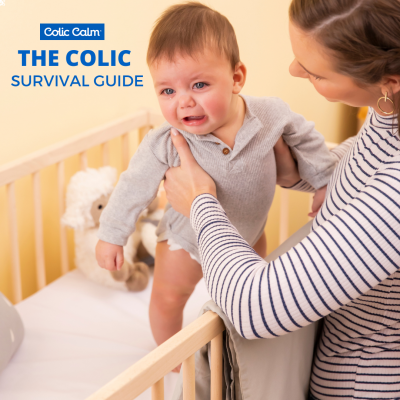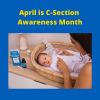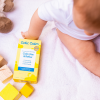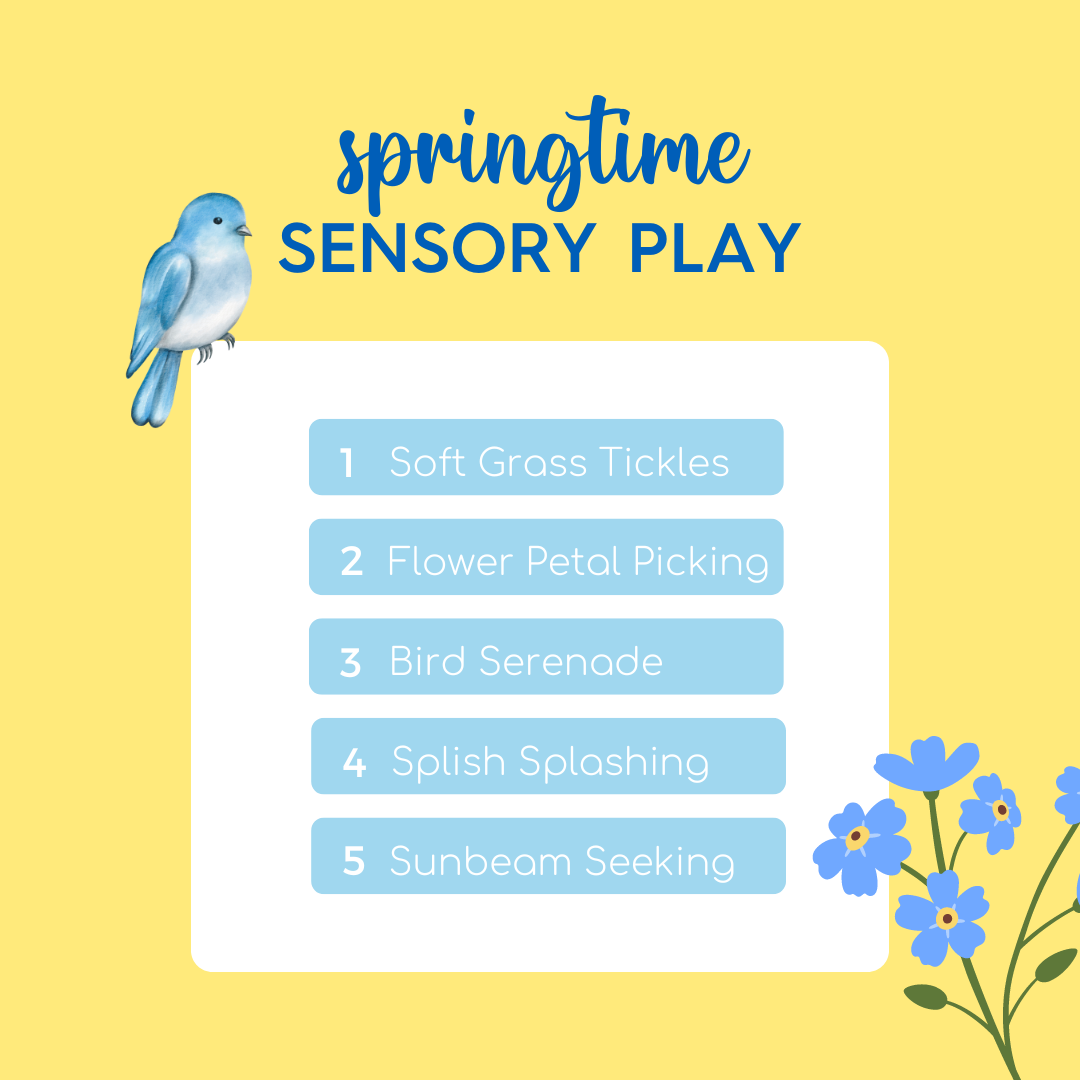Baby Teething Remedies

Although gummy, toothless smiles in the early months of your child’s life are cute, the empty gums won’t last for long. Is your baby irritable, drooling, and chewing on every solid object in reach? If he or she is around six months old and is having these symptoms, chances are high your baby is teething.
As a mother, it can be both frustrating and distressing to hear your child cry in pain while teething. If you’re looking for a solution to soothe your baby’s sore gums, you’ve come to the right place. Today, we’re going to address the symptoms and management of teething.
What You Should Know About Teething
Teething can occur between the ages of four months and two years. By the age of three, your baby will have all 20 baby teeth. The order that teeth emerge can vary from family to family, but most of the time the lower two front teeth come in first (central incisors). Next are the top two front teeth, followed by the two teeth on either side of those teeth (lateral incisors). The teeth on either side of the bottom front teeth emerge next, and then the first molars appear. Finally, the teeth in front of the first molars (canine cuspids) erupt followed by the back molars.
Teething can usually be managed at home without a doctor’s assistance. Though it may be painful for your little one, teething usually does not make your baby sick. Call your doctor if he or she is running a fever over 101 degrees Fahrenheit, has diarrhea or is inconsolably crying.
Symptoms of Teething
The signs of teething differ from baby to baby. Some babies may experience just one symptom, while others experience several. Below is a list of potential signs and symptoms of teething:
• Swollen gums
• Drooling, which may cause a rash
• Slightly raised temperature, less than 101 degrees Fahrenheit
• Coughing
• Putting a hand on the mouth
• Fussiness and crying
• Chewing on solid objects
• Rubbing their cheek
• Changes in eating and sleeping habits
Ways to Manage Teething
The teething stage can be a frustrating aspect of parenting when you are not sure what steps to take to soothe your little one. Consider these simple tips to manage teething:
• Use a teething ring.
Teething rings help soothe the tender gums of a teething baby. We love these soft, textured teethers that come in a pack of three.
• Refrigerate a pacifier or baby spoon.
When your baby is teething, they’ll chew on anything hard. The coldness will help distract them from the teething pain.
• Rub your baby’s gums.
Give your baby a gentle gum massage (don’t forget to wash your hands first!). The pressure from your fingers will counter the pressure in your baby’s gums.
• Dry your baby’s drool to prevent skin irritation.
If your baby is teething, chances are high that he or she is drooling a lot. Carry around a burp rag and wipe your little one’s drool to prevent skin irritation. Once a baby’s skin is red and irritated, it’s tough to soothe.
• Try hard foods.
Giving your baby hard foods to gnaw on can also help soothe teething woes. Try teething biscuits if your baby has not yet begun eating solid foods.
• Try Colic Calm.
Colic Calm and Colic Calm Plus help to soothe sore gums due to the chamomile in their formula. Saliva in teething babies produces enzymes that upset their stomachs. Also, since babies cry a lot when teething, they inhale more air, making them gassy and irritable. Colic Calm relieves the source of pain throughout the baby’s digestive system.
Managing a teething baby doesn’t have to be stressful and difficult. We hope you feel more prepared to manage your teething baby after reading our blog. Please share your best teething tips in the comments below if you have had a teething baby so that we can all learn from each other!
 Canada
Canada South Africa
South Africa UK
UK EU & Int
EU & Int Ireland
Ireland Australia
Australia Brazil
Brazil New Zealand
New Zealand


















Comments